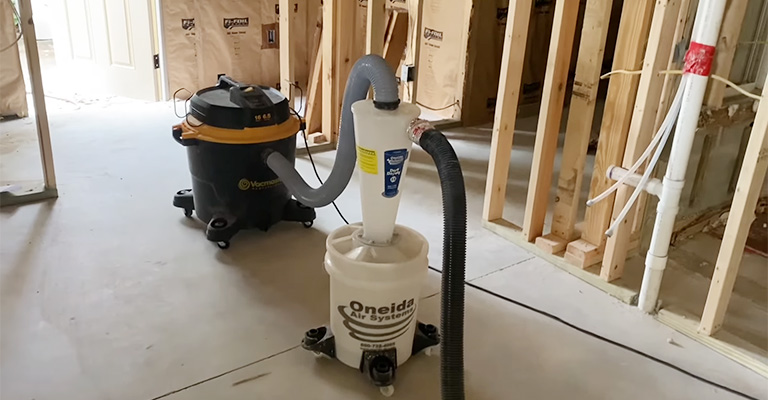Cement dust is the by-product of the cement manufacturing process and is considered to be a major pollutant. It is a major cause of respiratory problems and can also cause skin irritations.
There are various ways to clean up concrete dust. The most effective way is to use water to wash away the dust. This will not only remove the dirt but also prevent it from becoming airborne again.
Another way to clean up cement dust is by using a vacuum cleaner with a hose attachment, which can suck up any particles that are in the air and on surfaces.
How to Clean Concrete Dust in My House After Renovation?
The best way to clean up cement dust is to use wet sweeping, wet vacuuming, or dry sweeping.
1. Wet Sweeping
Wet sweeping should be used when there are large quantities of dry cement dust on the floor. This method involves spraying water on the floor and then using a broom to sweep it into a pile.
The pile should be disposed of properly as it is combustible and can cause an explosion if not handled correctly.
2. Dry Sweeping
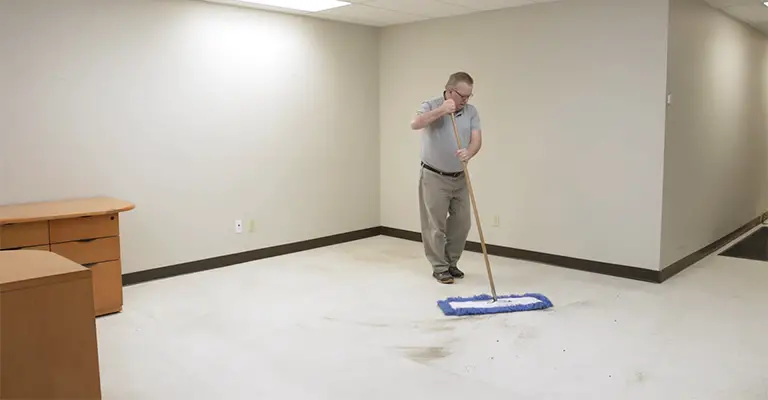
Dry sweeping should only be used when there are small quantities of dry cement dust on the floor.
This method involves sprinkling water on a broom and then using it to sweep up the dust particles from the flooring surface.
This type of cleaning should only be done when necessary as it creates more airborne particles than wet sweeping does and can cause respiratory problems.
How To Clean Up Cement Dust? [ Step By Step]
When renovating a home, you may have to work on the concrete foundation, which can leave behind concrete dust. In addition to creating the appearance of dirty homes, these particles also cause respiratory problems.
However, inhaling them for a long time can be hazardous to your health. Therefore, learning how to clean concrete dust after house renovations is important.
1. Prepare For The Task
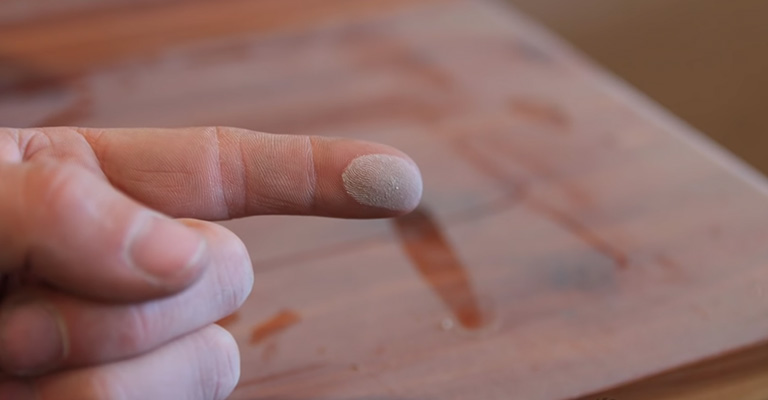
It is unhealthy to leave dust lying around your house or office because it can cause people to suffer from respiratory issues.
It is also essential to avoid exposing yourself to concrete dust when cleaning it. The following recommendations will help you approach this chore with caution.
Protect yourself by wearing protective gear. It is possible to get several health issues from breathing concrete dust containing silicate particles.
Ensure you wear a dust respirator with at least an N95 filter to protect yourself from exposure.
It is also a good idea to wear gloves and other protective gear in order to prevent skin contact. In addition, it is important to keep the area well-ventilated.
It is also important to keep the area well-ventilated to minimize exposure to silicate particles in concrete dust. Air purifiers can remove harmful airborne particles if you keep them running.
2. Vacuuming
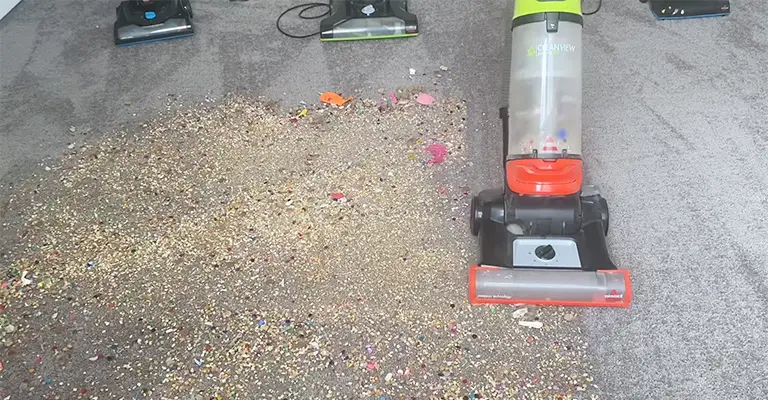
As it turns out, this cleaning part involves more than what first appears. Even though you have already cleaned the walls, dust specks can still be found on all types of curtains and upholstery.
Make sure they are vacuumed before moving onto the furniture surrounding them. They need to be treated individually to get the best results when cleaning seats and cushions.
It is, therefore, important for homeowners to learn how to clean concrete dust at home. After treating the furniture, you should attend to the carpets on the ground level.
In some cases, it may even be necessary to vacuum them twice to achieve the desired result because of the embedded particles.
3. Vacuum From Top To Bottom
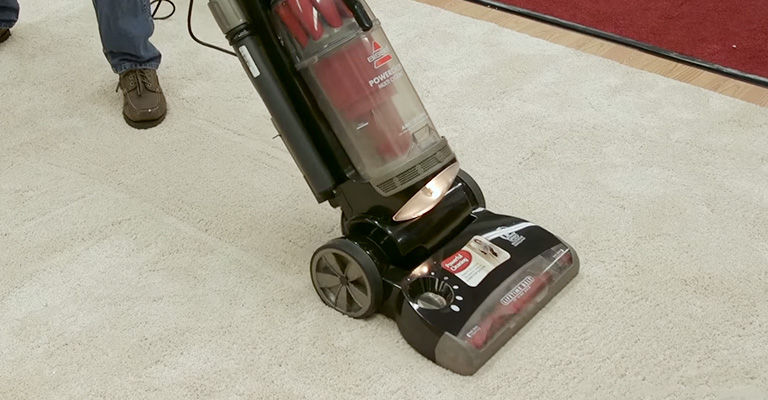
The best way to clean dust may not be with a duster. Concrete particles can easily become airborne because of their fineness.
The most effective way to remove most dust is to use a vacuum cleaner – preferably one with a HEPA filter and an attachment for dusting. While vacuuming the floors, clean up the higher appliances and furniture.
Sweeping concrete dust can be a good alternative to a vacuum cleaner if you do not have one available. However, the tile could be damaged by fine dust since it is abrasive.
4. Wiping
Once the renovation is over, the cleanup process should begin immediately so the dust can be effectively removed. Starting with a thorough wipe-down of all visible surfaces is a good idea.
This will allow any leftover dust to fall onto the ground, where it can be vacuumed easily. Keep in mind the interior parts of shelves and cabinets and the walls and cabinet doors.
If you want to avoid causing additional damage to a surface, use the appropriate cleaning agent for each surface. For example, a wall can be cleaned in various ways depending on its type.
If you have a dry cloth, use it. Otherwise, use a damp cloth and do not damage the paint. Keeping the hidden corners tidy will prevent surprise dust leftovers later, allowing you to finish other chores.
5. Cleaning Ventilators And Filters
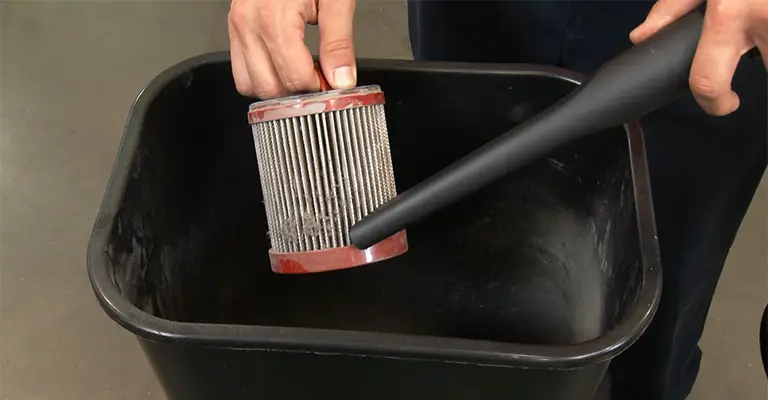
It is important not to overlook ventilation shafts and air vents when cleaning the house, as dust can spread through them.
Ensure the wall and ceiling covers are thoroughly cleaned, even if you do not think dirt could spread.
As well as the air filters, which might have been exposed to dangerous debris, no allergic reactions should occur in the future. However, it is always best to be thorough with the filters, so change them if necessary.
How To Dispose Of Cement Dust?
Using a fleece bag in your vacuum is the most effective way to dispose of cement dust. Dust particles are collected by the fleece bag’s multi-ply fabric design, which manages air equilibrium.
Furthermore, it traps dust particles and prevents them from reentering the atmosphere. As a result of its port-closing mechanism, this can be explained.
Due to this mechanism, the bag remains sealed even after being removed from the vacuum canister’s port.
As well as being able to handle the weight of cement dust, the fleece bag is also made to be durable. Therefore, there is no risk of spills since the bag won’t tear.
Once you have collected the dust, you can dispose of it in a dumpster. Be careful not to tear the bag when you drop it.
It is also advisable not to fill up the fleece bag with cement dust. Approximately 80% of the way full is the ideal level.
What Happens If You Inhale Concrete Dust?
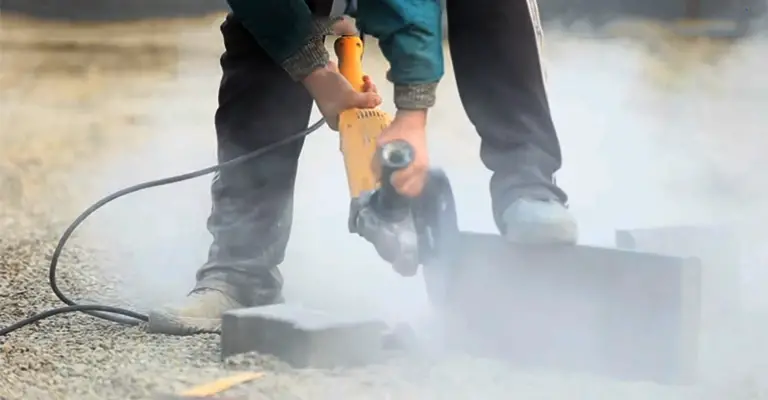
It is possible to suffer serious health consequences from exposure to concrete dust. Serious harm is caused to the skin and eyes by it.
The worst thing you can do is inhale concrete dust. Nose and throat irritation can occur with minimal exposure.
As well as coughing and choking, it can lead to chest pains and breathing difficulties. Therefore, whenever you work with cement or clean it up, you should wear a mask or cement dust respirator.
It is possible to inhale silica particles from cement dust if you are exposed to concrete dust for a long period or repeatedly.
As a result of inhaling these particles, your lungs can be permanently damaged, leading to a fatal disease called silicosis.
If you want to be safe when cleaning up cement dust in your home, take the necessary precautions or hire professionals.
Do Your Best To Reduce Dust Build Up
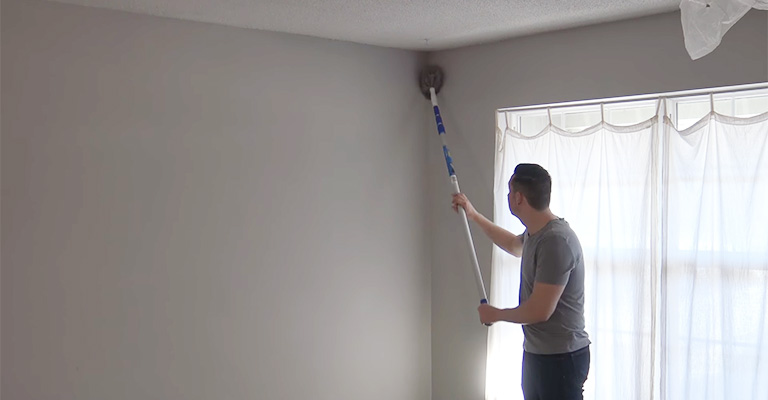
It is best to reduce the amount of dust you create as soon as possible to make your cleaning job easier. As you renovate your home, you can lower the dust levels by several methods.
Professional companies must take extra precautions to reduce air pollution and prevent excessive dust from being created.
Nevertheless, if you want extra precautions or are doing your cement work, there are many other ways to protect your house.
Hire a Professional Team
The last thing you might want to consider is if you have a couple of difficult pieces of furniture that are hard to clean or if you have a lot of renovation work that has left you with a lot of cement dust.
Then, perhaps it’s time to call in the pros. Your home can be cleaned thoroughly and efficiently by several cleaning companies.
However, this is an excellent alternative if you need more time, energy, or equipment to clean the furniture. The level of cleaning required in your home and your budget will be important factors to consider.
Final Words
There are always dust particles and other messy leftovers from home renovations. Despite thinking the work is finished, the cleanup is only just beginning.
It can be difficult to keep up with the cleanup process after renovations, so hiring a cleaning service can be a great solution. Don’t worry; the pros will take care of everything, so you don’t have to do anything!

